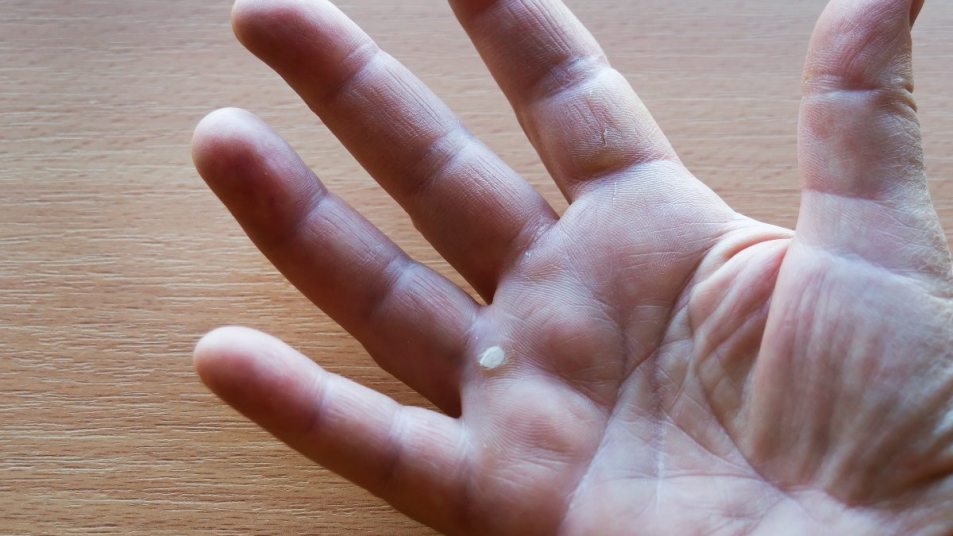Ask the Experts: ‘I Was Gardening and Got What Looks Like a Callus, But It’s Not. What Is It?’
It could be something called a corn, which is easy to take care of.

In many ways, gardening is its own reward. It helps you stay active, build strength, improve your memory, boost mood, and reduce stress, among other things. Of course, you can’t ignore the wear and tear that it may cause as well, including sore muscles, calluses, and nicks on your fingers. But if you’ve noticed something on your hand that’s not a nick or a callus, what might it be — and how can you get rid of it?
In this week’s edition of “Ask the Experts,” Heather Moday, MD explains that it could be a skin corn.
Q: I was gardening last month and got what looks like a callus on my finger. But it’s sore and it isn’t going away! What is this?
A: You may have a corn, a thickened layer of skin. Corns are often mistaken for calluses, but unlike calluses, they tend to be painful.
Corns are common on feet, but repetitive motions that cause friction (like gardening) can cause them to grow on hands too.
Thankfully, there are easy ways to treat and prevent them. I advise using a lotion with urea, a natural moisturizer. One to try: Urea 20 by Rugby (Buy from Amazon, $11.62). To make the lotion even more effective, first soak your hand in warm water for 10 minutes, then exfoliate the area with a pumice stone.
Wearing gloves while gardening and using a special corn pad (at drugstores) will protect the existing corn from friction, plus provide a barrier so you don’t develop others.
The Expert
Heather Moday, MD, is the director of the Moday Center in Philadelphia. She is board-certified in allergy and immunology, as well as integrative and holistic medicine. You can follow her on Instagram (@theimmunitymd), where she shares information on health topics. And to ask her a question here, send an email to health@firstforwomen.com.
Note: For custom advice taking your medical history into account, speak with your doctor.
This article originally appeared in our print magazine, First For Women.
















